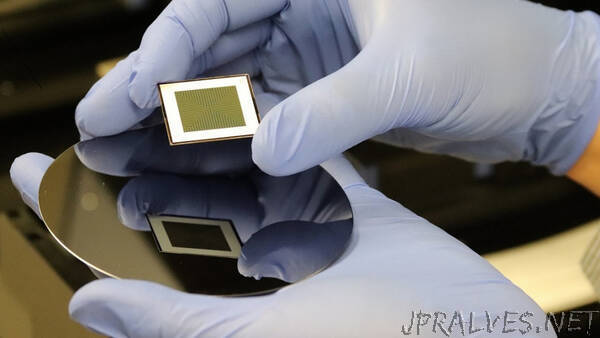
“Scientists at The Australian National University (ANU) have produced a more efficient type of solar cell, using laser processing and setting a new world record in the process.
The solar cells are dual sided, meaning both the front and back of the cell generate power.
Principal Investigator Dr Kean Chern Fong said the so called bifacial solar cells easily beat the performance of single sided silicon solar cells.
“We have developed what I would call a true bifacial solar cell, as it has nearly symmetrical power generation capacity on both surfaces of the device,” Dr Fong said.
“When deployed on a conventional solar farm, a bifacial cell absorbs direct incoming light, while also taking advantage of ground reflection, which can contribute up to additional 30 per cent power generation.
“Bifacial solar cells are becoming increasingly important in the roll out of solar farms and are expected to have a market share of over 50 per cent in the next five years.
“Our work demonstrates the incredible capabilities of this technology.”
The team used specific laser doping technology to fabricate the cells.
“Laser-doping uses lasers to locally increase electrical conductivity,” Chief Investigator Dr Marco Ernst said.
“It is a low-cost, industry-compatible process for boosting solar cell efficiency.”
This allowed the research team to achieve a front conversion efficiency of 24.3 per cent and a rear conversion efficiency of 23.4 per cent, representing a bifacial factor of 96.3 per cent.
This performance represents an effective power output of approximately 29 per cent, well exceeding the performance of the best single-sided silicon solar cell.
“This is a world record for selectively laser-doped solar cells and among the highest efficiency bifacial solar cells,” Dr Ernst said.
This work has been supported by the Australian Government through the Australian Renewable Energy Agency (ARENA) and Australian Centre for Advanced Photovoltaics (ACAP).
The results have been independently verified by the CSIRO. “
